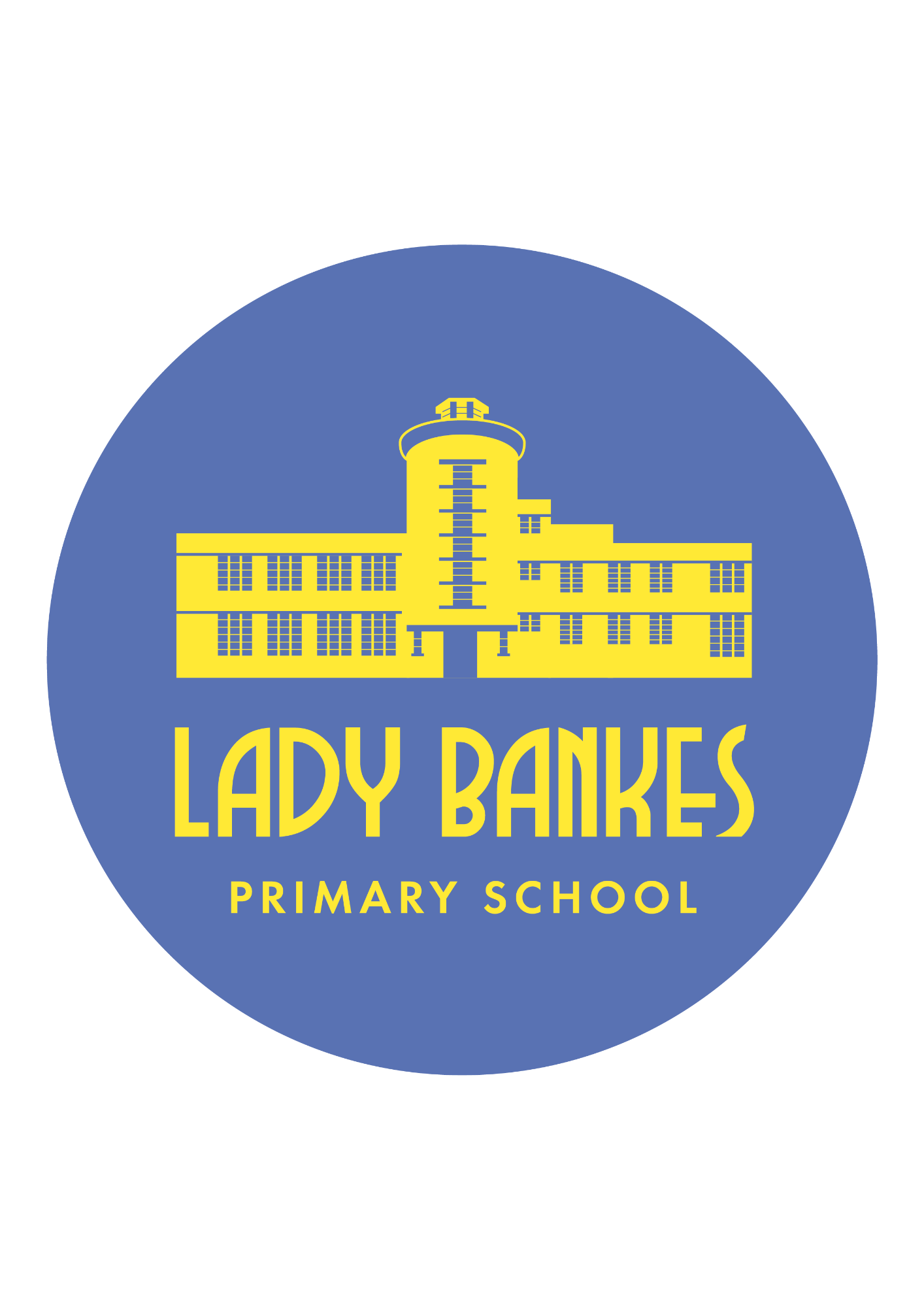Art and Design
-
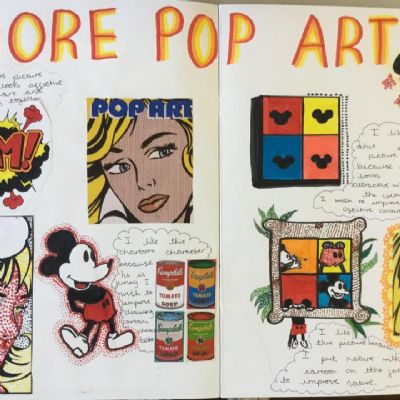
d9566d2ed2e34dff87f18313cc56167e1x1
-
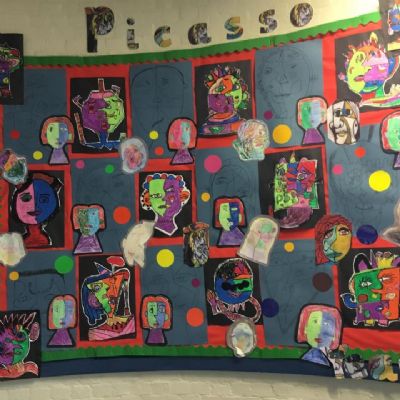
6c9a1fb03e5243ab84a97790e7b079f51x1
-
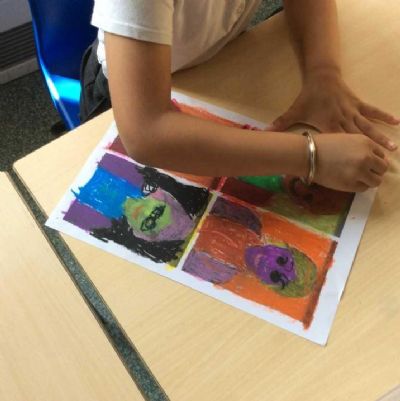
10cd1dca-c55a-4156-b58a-6634616f7d031x1
-
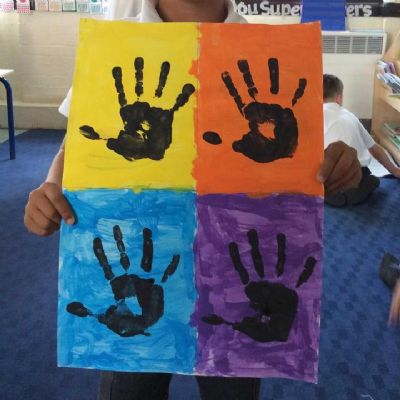
69cb632d-85c1-49e3-bf58-c0aa80b3451a1x1
-
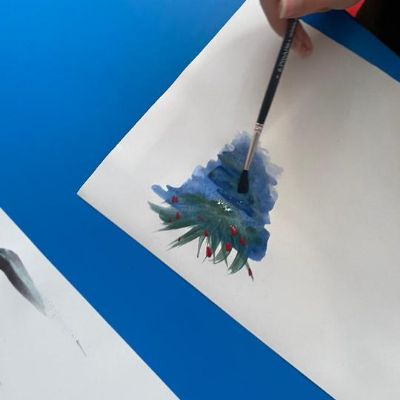
d783d727-d8bf-4a76-94ad-63c579082c2c1x1
-

555cc5b2-a8d1-4bfc-90af-173dca755c041x1
-

49e433ba-65c5-4069-ae5f-79bb86f11aac1x1
-
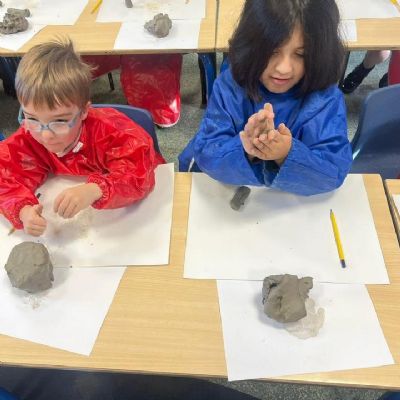
be5800b9-0a76-4da5-9b8b-e3e261bb3c111x1
-
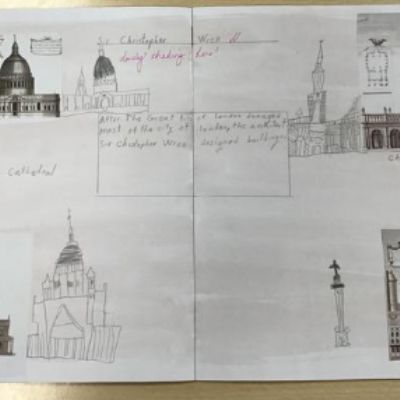
2d1bfcb6-976a-4e2f-96e7-5e02c54a26ff1x1
-

bc1a3048adb94a1c9114d9a4425f0a361x1
-
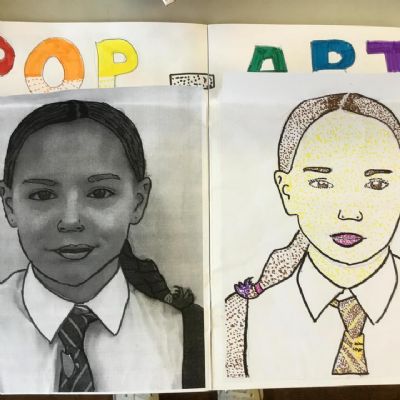
b18d81d9d8f6405bbe2fe82a0e6b7f221x1
-
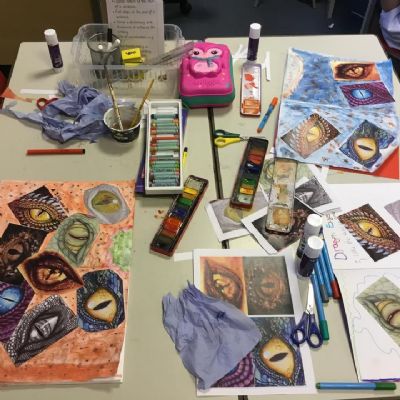
4ad7d4a6db1e47fab269de6ef7cc29421x1
At Lady Bankes Primary School, we believe that high-quality Art lessons will inspire children to think innovatively and develop creative procedural understanding. Our Art curriculum provides children with opportunities to develop their skills using a range of media and materials. We promote the school values; Ambition, Togetherness, Opportunity, Respect, Curiosity and Happiness throughout our teaching of Art.
Children learn the skills of drawing, painting, printing, collage, textiles, 3D work and digital art, and are given the opportunity to explore and evaluate different creative ideas. Children will be introduced to a range of works and develop knowledge of the styles and vocabulary used by famous artists. The skills they acquire are applied to their cross-curricular topics, allowing children to use their art skills to reflect on and explore topics in greater depth; for example, by sketching historical artefacts in detail, researching geographical locations to support their work on landscape painting or using art as a medium to express emotion and thought to enhance their personal, social and emotional development.
Many areas of art link with mathematical ideas of shape and space; for example when printing repeating patterns and designs, and thinking about 3D shapes to support structures in three-dimensional art. It is paramount that artwork is purposeful, that artwork is a means of expression or an opportunity to explore the styles of other artists in order to inspire our own work.
Pupils should be clear what the intended outcomes are and have a means to measure their own work against this. In Art, children are expected to be reflective and evaluate their work, thinking about how they can make changes and keep improving. This should be meaningful and continuous throughout the process, with evidence of age-related verbal and written refection.
Children are encouraged to take risks and experiment and then reflect on why some ideas and techniques are successful or not for a particular project.
What art work speaks to you?
Explore one of these galleries through their virtual tours. Which is your favourite piece of art? Maybe create your own version inspired by it or write a description or poem about it. Can I guess the picture from your description?
Collections — Google Arts & Culture
This shows lots of different museums from around the world. Click on the little yellow person to drop into the museums and move around them. Places of note include the Musee D'Orsay, National Gallery in London and the Van Gogh Museum in Amsterdam.
Games, quizzes and more can be found here - www.tate.org.uk/kids
Why not have a go at the 'Draw a Sound Creature'? How wild is your imagination!
